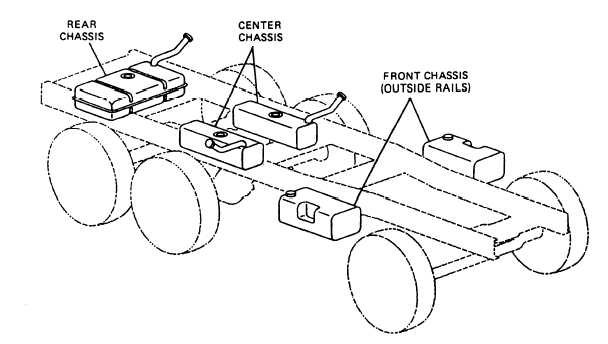Figure 1-16.-Common fuel tank locations.
bum. The engine is fitted with a valve train to operate
the valves, as shown in figure 1-15.
The camshaft is made to rotate with the crankshaft
through the timing gears. The cam lobe is the raised
portion on the camshaft that contacts the bottom of the
lifter. As the cam rotates, the lobe pushes up on the lifter.
The cam lobe pushes the valve open against the pressure
of a spring. As the cam lobe rotates away from the lifter,
the valve spring pulls the valve closed. The proper
positioning of the cam lobes on the camshaft establishes
a sequence for the intake and exhaust valves.
FUEL SYSTEMS
The function of the fuel system is to ensure a
quantity of clean fuel is delivered to the fuel intake of
an engine. The system must provide both safe fuel
storage and transfer.
FUEL TANKS
Fuel tanks store fuel in liquid form. The tank may
be located in any part of a vehicle that is protected from
flying debris, shielded from collisions, and not likely to
bottom out (fig. 1-16). Most wheeled vehicles use
removable fuel tanks.
Most fuel tanks are made of thin sheet metal coated
with a lead-tin alloy to prevent corrosion. Fiber glass
and a variety of molded plastics are also popular as
corrosion-resistant materials.
The walls of fuel tanks are manufactured with ridges
to give them strength and internal baffles that increase
internal strength and prevent the fuel from sloshing (fig.
1-17). The filler pipe offers a convenient opening to fill
the tank and prevent fuel from being spilled onto the
Figure 1-17.-Fuel tank construction.
1-13



